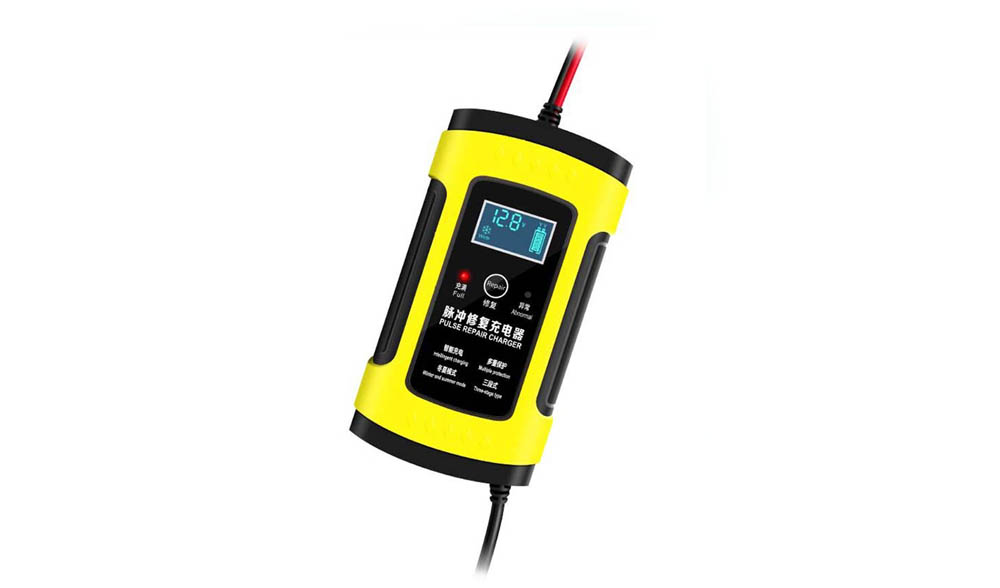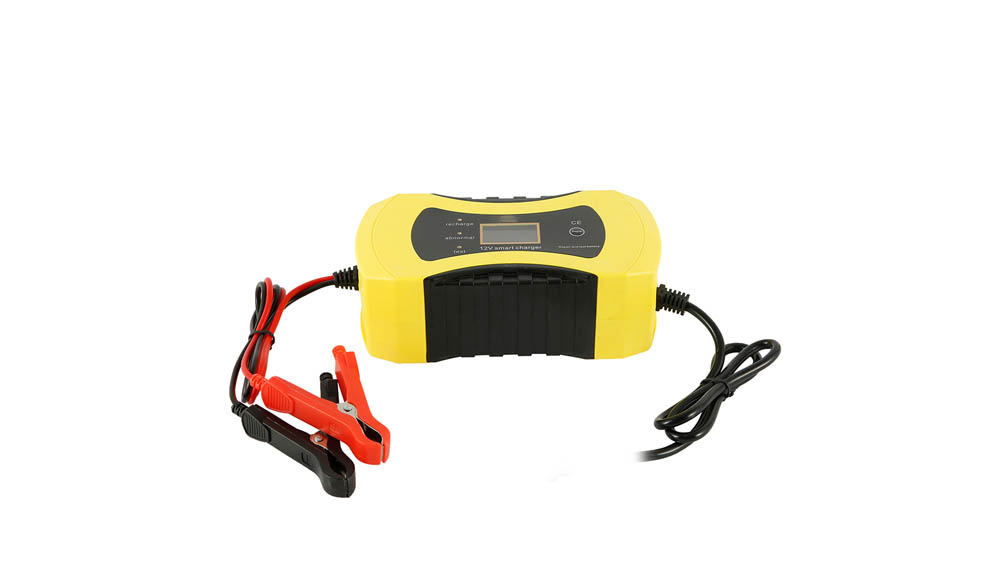While new drivers typically possess basic knowledge of car maintenance, a prevalent issue is the lack of training in routine battery maintenance. Many drivers perceive a car’s battery as a maintenance-free element, often realizing battery issues only when the car fails to start. Consequently, proper battery maintenance extends beyond merely remembering to turn off headlights when shutting off the ignition.
Explore these 13 uncomplicated steps for effective battery maintenance that can significantly contribute to the stability of your battery.
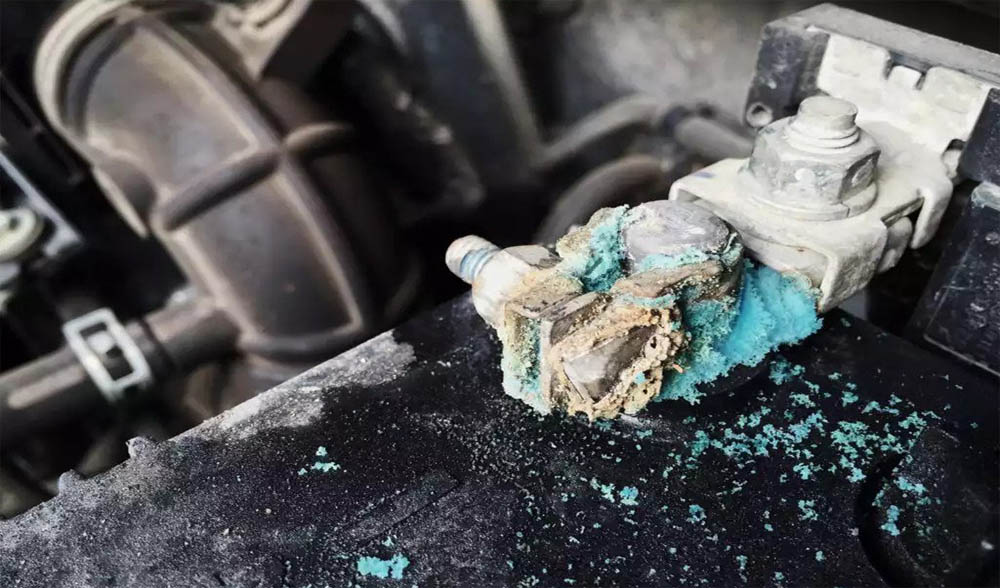
1. Ensure the cleanliness of the battery terminals
Dirty or corroded battery terminals pose a significant risk of battery failure by hindering power flow. In severe cases, corrosion can impede the battery from supplying sufficient power to start the vehicle, and it may even cause the terminals to overheat, potentially damaging the battery and cables.
To clean your battery terminals, begin by identifying the positive and negative terminals. Disconnect the battery entirely, starting with the negative terminal and then the positive one, ensuring that neither cable touches metal during the process. Create a mixture of equal parts baking soda and water, applying it to both terminals with a hard-bristle brush. Afterward, wipe the terminals with a wet rag to remove the baking soda and water mixture, followed by a wipe with a dry cloth. Reconnect the battery cables, beginning with the positive terminal.
2. Apply terminal spray to deter future corrosion
A simple method to mitigate the accumulation of dirt and corrosion on your battery terminals involves the use of a battery terminal spray. Following the cleaning process detailed in step 1 and just before reconnecting the battery cables, apply the terminal spray to both battery terminals and the terminal ends of your battery cables. Afterward, proceed to reconnect the battery cables.
3. Verify that both the battery and cables are securely fastened
Excessive vibration poses a risk to both batteries and battery cables. Ensure everything is securely fastened to prevent potential damage.
To assess the tightness of your battery, begin by opening the hood and gently shaking the battery. If there is no movement, you’re done. If the battery exhibits movement, it’s likely that your battery hold-down is loose. Tighten any bolts securing the hold-down and check if this rectifies the battery movement. Various hold-down mechanisms exist, ranging from a simple bar across the top of the battery to a hold-down pad at the base. If the issue persists or if the hold-down is damaged, consider replacing it.
4. Maintain warmth for the battery
When the temperature drops below freezing, your battery encounters various challenges, primarily because it must exert more effort in winter and cold climates. Cold temperatures diminish battery capacity, making it tougher for the battery to generate the necessary energy to crank the engine and activate the starter motor. In fact, batteries lose approximately 20 percent of their capacity around 32°F, and this capacity loss intensifies as the temperature decreases further.
In colder weather, the recharging rate of your battery slows down, requiring more time for the alternator to fully recharge it. Cold temperatures also increase the demand on your battery, with each accessory drawing power. Operating your heater, defroster, or windshield wipers further intensifies the power demand, extending the recharging time. Moreover, low temperatures cause engine oil to thicken, requiring your car battery to work harder when cranking the engine.
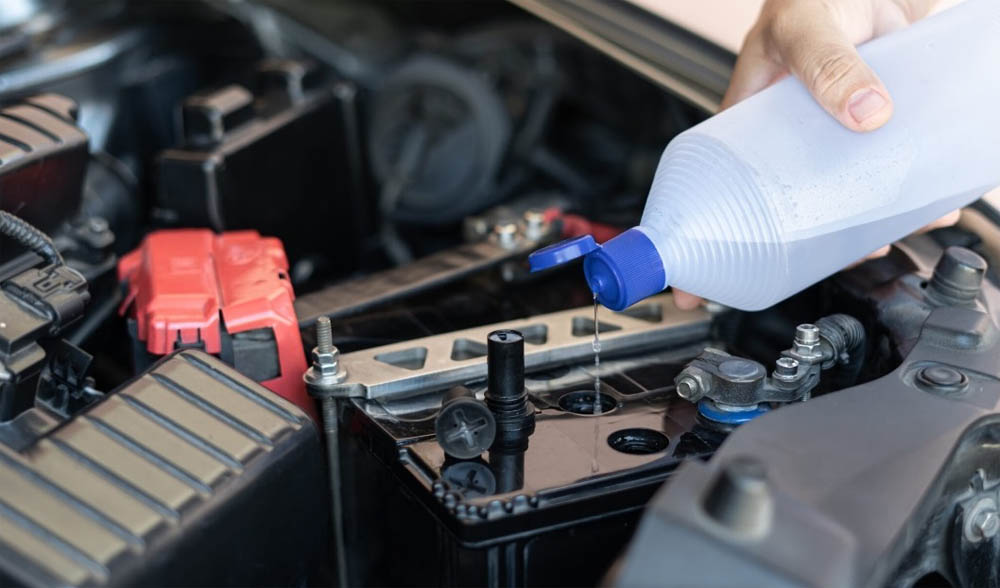
To counteract the strain imposed by cold temperatures, keeping your battery warm is crucial. A battery heater, resembling a heating pad, can be wrapped around your battery to insulate and raise its temperature above freezing. These heaters typically plug into standard AC outlets. Alternatively, battery blankets made of insulated fabric can be wrapped around the battery.
Furthermore, certain jump starters and car battery chargers incorporate pre-heating technology to warm the battery before starting or jump-starting.
5. Regularly inspect and monitor battery fluid levels
There are several prevalent automotive battery types, including lead-acid wet cell (commonly known as standard lead-acid), lead-acid gel cell (or dry cell), absorbed glass mat (AGM), lithium-ion (Li-ion), and Nickel-Metal Hydride (NiMH). Among these, lead-acid wet cell batteries are the most widespread and the only type requiring regular checks of battery fluid levels. If uncertain about your battery type, examine the battery itself, as it should be clearly labeled.
Before beginning any maintenance, ensure you are wearing gloves and protective eyewear. Review the labeling on the battery for warnings or indications regarding whether the battery can be opened and serviced. Once you confirm that your battery is waterable, inspect the water level, ensuring there is sufficient water to cover any exposed plates. If the plates are adequately covered, close any caps or coverings you opened, and your task is complete.
If any part of the plates is exposed, charge the battery fully before proceeding. Utilize a product like the 12V-24V One-Click Intelligent Pulse Repair Car Battery Charger from Power1986 for this purpose. After charging, add enough distilled water to cover the battery plates completely but avoid reaching the bottom of the vent. It is crucial not to overwater, as this can lead to battery overflow, reducing the battery’s capacity and performance.
6. Minimize electrical load when the vehicle is powered off
To show consideration for your battery and safeguard it from potential damage, a simple practice is to disconnect devices when the car is not in operation. Leaving smartphones, GPS navigators, and other accessories plugged in can deplete power, potentially leading to a dead battery. Additionally, turning off headlights and interior lights when shutting off the engine is advisable, as these lights can also draw power from the battery. When restarting your car, wait until after the engine has started before turning the lights back on, as this reduces the strain on your battery during the starting process.
7. Opt for longer drives and maintain regular vehicle use
As you drive, your car battery undergoes a recharge process. The duration required for a complete recharge varies based on factors like the initial charge percentage upon starting, battery condition, alternator amperage output, and the number of active accessory systems. Brief trips may not afford sufficient time for the alternator to fully replenish the battery. It is recommended to take a 20-30 minute drive at least once a week to ensure your battery receives a thorough recharge.
8. Keep track of your battery’s output voltage
Regularly check your battery using a multimeter. When it is used, connect the red (positive) lead or clamp to the battery’s positive terminal and the black (negative) lead to the negative terminal. Set the meter to the DC volt setting and examine the results. Batteries with a reading of at least 12.4 volts are adequately charged and should function as intended. If the reading falls below 12.4 volts, attempt to recharge the battery. If unsuccessful, replace the battery promptly. Alternatively, seek professional assistance from a garage or service center equipped with advanced tools to assess and determine if a battery replacement is necessary.
9. Use a maintainer/trickle charger for stored or unused batteries
For those who use their vehicle infrequently or plan to store it, utilizing a battery maintainer or trickle charger is advisable. The maintainer, when plugged into a standard AC power outlet, supplies power as necessary to ensure the battery remains fully charged and in optimal condition.
If you’re in search of a dependable maintainer, the 12V 8A Smart Portable Car Battery Charger from Power1986 is a solid choice. This battery maintainer is well-suited for motorcycle, car, and marine batteries, boasting fully automatic operation for added convenience.
10. Avoid overcharging your battery
Charging a battery excessively can have detrimental effects on its health and overall lifespan. Most contemporary fully car battery chargers possess intelligent mechanisms to recognize when the battery reaches full charge and cease supplying power. However, older car battery chargers or manually operated units might lack this capability, leading to continuous power delivery even after the battery is fully charged. To circumvent this issue, opt for a car battery charger and/or maintainer equipped with float mode monitoring. This feature ensures that the unit will only provide power if the battery voltage drops below a specific threshold after reaching full charge.
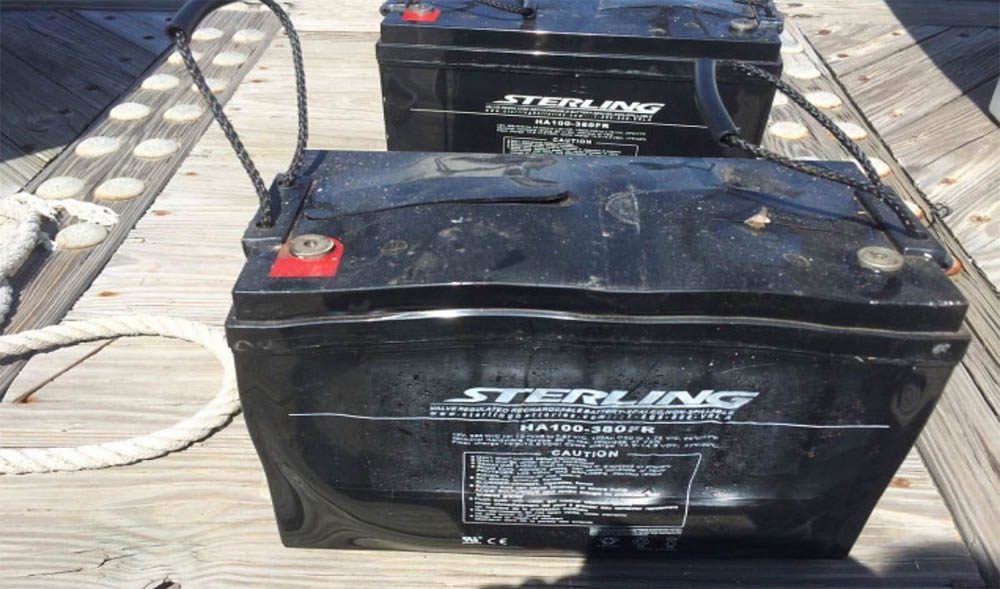
11. Perform comprehensive maintenance on your vehicle
While your battery is a vital component, the optimal performance of your vehicle relies on the synergy of all its systems. Consistent maintenance practices, such as regular oil changes and the timely replacement of spark plugs, can contribute positively to the overall health of your battery.
12. Check the manufacturing date when purchasing a new battery
When replacing a battery, ensure you verify the date of manufacture and acquire a battery no older than one month. It’s crucial to avoid purchasing a battery that has already experienced a considerable reduction in its service life while sitting on a shelf at your local auto parts store. Opt for a high-volume seller that consistently maintains fresh stock, and be sure to check the manufacture date on the battery before finalizing your purchase.
Incorporate Battery Maintenance into Your Regular Vehicle Care
Now equipped with the know-how, seamlessly integrate battery care into your routine vehicle maintenance. Welcome to visit Power1986 and make your selection from its Car Battery Chargers. For more information, please Contact Power1986 today.

